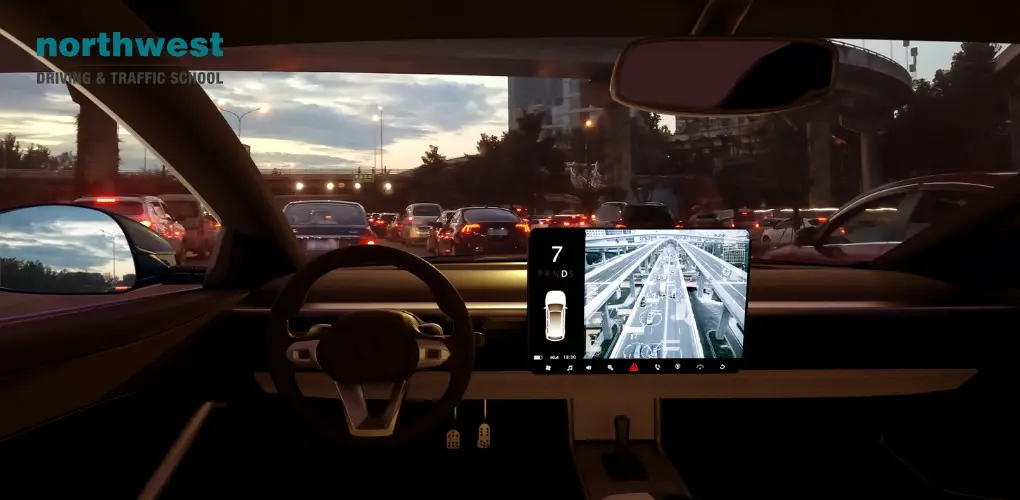- Others
What Is a “Driverless” Car?

With the rising stability and availability of AI-powered processing, one of the hot-button concepts for the car industry has become the autonomous, or driverless, car. Large manufacturers, such as Volvo, Nissan, Mercedes, and Renault, are already exhibiting fully autonomous concept cars. Companies like Apple have involved themselves in the race to produce driverless vehicles.
But what does a driverless car mean, exactly? In this article, we’ll examine what that term means and what you can expect to see on the roads in the near future.
Read More: The Self-driving Car of the Future Is Already Here
Table of Contents
Different Levels of Autonomy
To make things even more complicated, the term driverless car doesn’t mean only one thing. It refers to several different levels of autonomy. The Society of Automotive Engineering has actually developed five different levels of autonomous vehicles that have become the generally accepted definition.
Level 0 Automation
Level 0 automation refers to cars as we currently understand them. This means the driver is in full control of most of the vehicle’s vital functions, such as steering, braking, accelerating, parking, and reversing.
Level 1 Automation
Also known as “Driver Assistance,” this level of automation is already in use. It requires the driver to maintain control over most of the vehicle’s systems while systems like adaptive cruise control assist them.
Level 2 Automation
Also known as partial automation, this is the current level of most autonomous cars. The car’s internal computer can assist with steering or acceleration functions, but the driver is responsible for monitoring the environment.
Level 3 Automation
Also known as conditional automation, this system uses sensors such as light detection and range (LiDAR) to allow the vehicle to monitor the environment and take control of the driver. The car controls Braking and steering, but the driver can take control at any moment and must keep their hands on the wheel.
Level 4 Automation
This level of automation allows the vehicle to do much of the steering, braking, accelerating, monitoring the road, and responding to situations without driver input. While this level of automation is currently being tested, it still has some teething issues around complicated road conditions, such as traffic jams or merging in the road.
Level 5 Automation
Level 5 represents full automation, where the driver must enter the destination, and the vehicle will drive them to that location without input. Some suggest that, once this level of automation is available, cars won’t have steering wheels or acceleration and braking pedals.


